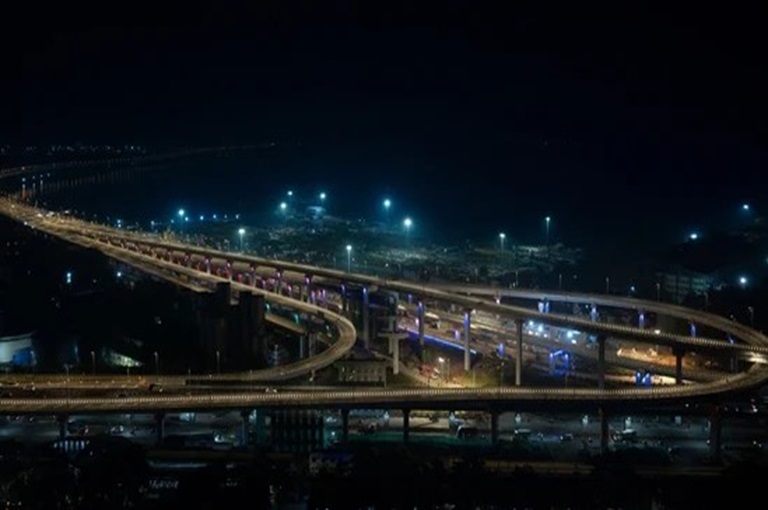
New Delhi: The upcoming inauguration of Mumbai’s Trans Harbour Link (MTHL), known as Atal Setu, will mark the unveiling of India’s longest sea bridge. Named in honor of the late BJP veteran and former prime minister, Atal Bihari Vajpayee, this impressive bridge spans a length of 21.8 kilometers with six lanes. Constructed at a staggering expense of ₹18,000 crore, as reported.
The bridge connects Sewri in Mumbai to Nhava Sheva in Uran taluka, located within the Raigad district. Anticipated to stimulate economic growth in Navi Mumbai and the surrounding areas, the Atal Setu significantly reduces travel time between Mumbai and Navi Mumbai from two hours to just 20 minutes. Additionally, the authorities assert that the bridge will alleviate traffic congestion issues in the region. As a precautionary measure, the Mumbai Police has established a maximum speed limit of 100 kmph for four-wheelers, while bikes, autorickshaws, and tractors are prohibited from accessing the bridge.
Here are some other amazing details about the Atal Setu
- A marvel of engineering, steel equivalent to the weight of 500 Boeing aeroplanes and 17 times that of the Eiffel Tower’s weight was used for its construction.
- 177,903 metric tonnes of steel and 504,253 metric tonnes of cement were used in its construction.
- The bridge also reduces the distance between Mumbai and Pune Expressway. It will also provide connection to areas like the under-construction Navi Mumbai International Airport.
- 70,000 vehicles are expected to use the bridge everyday, reported.
- The construction of the bridge began in 2018. It is the 12th longest sea bridge in the world.







